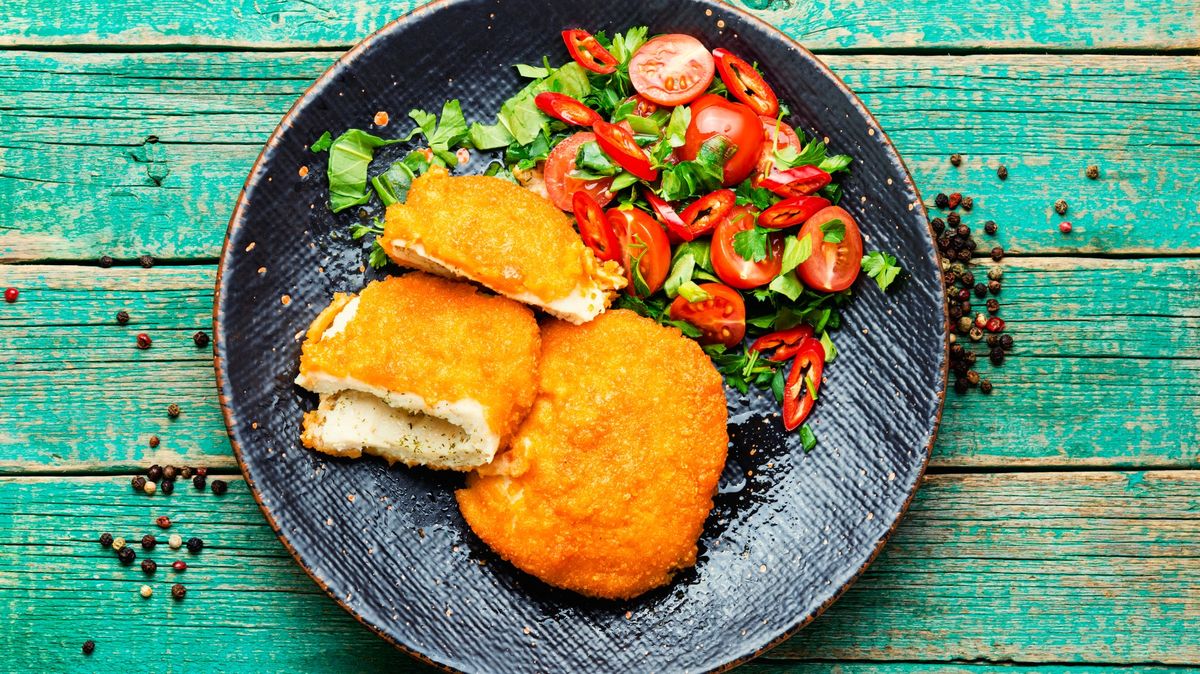On Wednesday evening, May 30, 1990, a plane landed in Washington with the first and last Soviet President Mikhail Gorbachev. As the front page of The New York Times wrote the following day, a world leader arrived in talks with US President Bush Sr., facing mounting pressure at home. The collapse of the Soviet Union and the unification of Germany were drawing near, two events that would have been completely unimaginable just a few months ago.
The next day, a state dinner was held at the Soviet embassy, and Gorbachev hosted a lunch for intellectuals and artists. The event was attended by actors Gregory Peck and Jane Fonda, writers Ray Bradbury and Isaac Asimov, and former Secretary of State Henry Kissinger. They expect tired politicians, who are facing a complicated situation in Russia, but Gorbachev is said to be tanned and in a good mood. “He seemed calm and composed,” Kissinger told reporters.
Nobody came there to eat, of course, but the press noticed that it wasn’t very fancy. “Bad wine and no vodka,” lamented one New York Times. And yes, caviar is served. However, the main dish is the Kiev cutlet – or Kiev chicken – in English “Kiev chicken”.
As the British magazine wrote almost 30 years later Smart Life, published by The Economist, is “a perfect symbol of the new Russian internationalism and consumerism.” Not only that, the specialization that became more famous in the 20th century in the West than behind the Iron Curtain illustrates well the relationship between Russia and Ukraine: “to keep it as a separate entity, but at the same time keep it well under your thumb. .” This is because chicken Kiev was made famous by Ukrainian chefs, but from the very beginning especially in Russia.
The history of this dish is indeed captivating. The recipes are unoriginal, like many new dishes in Russian gastronomy in the 19th century. Russian aristocrats and other wealthy people sent their cooks to Paris for inspiration, and one of the dishes they studied there was breaded beef fillet stuffed with butter.
In Russia, it has spread in chicken variants. Be careful, unlike Czech steak, where veal is substituted for cheaper pork, the Russian story is the other way around: wealthy Russians, as usual, want to be more classy than the French. So they make steak from chickenwhich at the time was considered more luxurious and expensive in Russia.
Information about the exact origins of food varies, which can be proven to be traced back to the early 20th century. Under the name Novomichal meat, it was later served at the Shopping Club in St. Petersburg. It’s not 100% certain when this setup was first called “Kiev Chicken”. According to Russian or Ukrainian sources, it was in Russia and Ukraine, although the same food was reportedly served in the canteens of Soviet authorities under the name Crimean chicken.
However, only Russian restaurants in the West, especially in America, arrange dishes for this dish. The aim is to attract Russian and Ukrainian emigrants and offer them food that will look comfortable and slightly different from classic Russian specialties. For example, the Kiev cutlet appears on the menu of the famous Russian tea house in Manhattan.
However, in the end it went down in history mainly for other reasons. Say from the gastronomy end. In 1979, it was the first British dish to be bought as “cash” in a supermarket. Not frozen, but just chilled. And it became so popular that it not only became the most famous, but essentially with the original recipe, Marks and Spencer offers it to this day.
These foods are then “developed” by young people employee Cathy Chapman, who changed the original recipe so that the chicken is stuffed with garlic and parsley in addition to butter. This gives the food a distinctive taste that does not undergo storage and subsequent heating in the microwave.
This success forced the company to increase its production capacity. Chicken Kiev is celebrated by feminists who claim to have freed British women from the plate. It is possible to prepare a meal that is delicious and at least fresh looking a few minutes after returning from work. In the 1980s, the world fell in love with cold food, creating a new and profitable supermarket segment.
Today, we see this gastrorevolution much more closed. As a result, people are starting to eat less healthily, but more so, and both are contributing to the obesity epidemic. Frozen and chilled food is no longer praised by anyone, although sales remain strong. You probably won’t find many cuts of Kiev meat on the menus of fancy restaurants.
And perhaps the most interesting dimension of this diet is politics. A quarter of a year after Gorbachev’s visit to Washington, the Soviet Union collapsed, and when George Bush visited Kyiv in early August 1991, he warned Ukraine against a unilateral declaration of independence.
Commentator William Safire wrote in The New York Times that the American president served Ukrainians “chicken Kiev”, but it was not chicken meat, but another meaning of the English word “chicken” is cowardice. It has been popular, and today it even has its own speech Wikipedia password. And the US president’s speech was still unsuccessful, as Ukraine’s declaration of independence was adopted three weeks later.
And now, more than three decades later, that same independence is in jeopardy. However, cowardice is the last thing Ukrainians serve.

“Hardcore zombie fan. Incurable internet advocate. Subtly charming problem solver. Freelance twitter ninja.”







